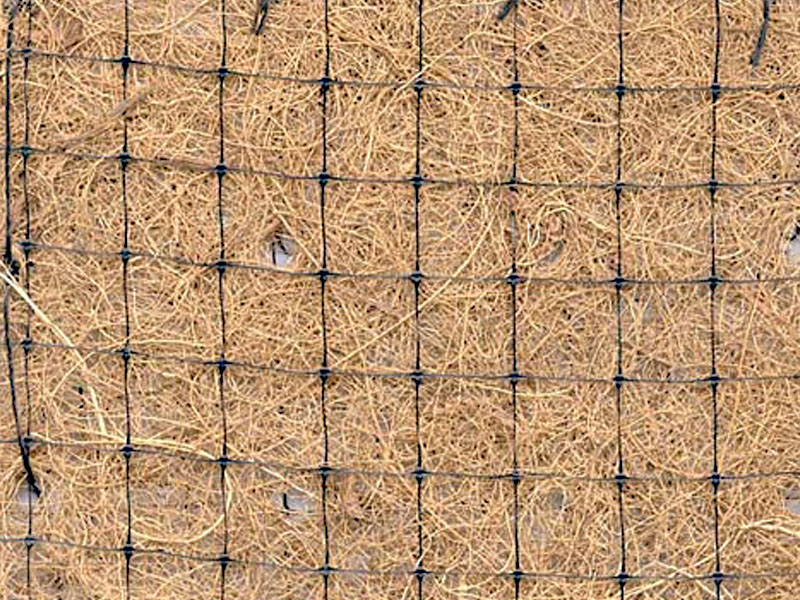The installation of highway guardrails reduces the occu […]
The installation of highway guardrails reduces the occurrence of traffic accidents and the safety of residents' travel. Highway guardrails have become traffic obstacles. There are many kinds of them. According to different stiffnesses, they can be divided into three categories: flexible guardrails, semi-rigid guardrails and rigid guardrails.
Flexible guardrail generally refers to an elastic guardrail structure with greater buffering capacity. It is a structure fixed on a column by several cables with initial tension. It mainly relies on the tensile stress of the cable to withstand the collision and energy absorption of the vehicle. The cable works within the elastic range and basically does not need to be replaced. This guardrail looks beautiful, there is no pressure when driving, but the visibility is very low.
Semi-rigid guardrail usually refers to a continuous beam-column guardrail structure. This is a beam structure fixed by a bracket, which can resist vehicle collision through the bending deformation and tensile force of the guardrail. Beam guardrail can be divided into W-beam guardrail, tube beam guardrail, Box girder guardrails, etc. They all have a certain degree of rigidity and toughness, absorb impact through the deformation of the beam, are easy to replace damaged parts, have a certain line of sight induction, and have a beautiful appearance.
Rigid guardrail generally refers to a guardrail structure that is basically non-deformable. This is a cement concrete wall structure with a certain cross-sectional shape, which absorbs collision energy through climbing, deformation and friction. Rigid guardrail will not deform during collision and will hardly be damaged. The maintenance cost is very low, but there is a sense of pressure on the driving of the vehicle, and it is easy to use snow in cold areas.
www.chinanetlon.com




 WhatsApp:+8613626888261
WhatsApp:+8613626888261